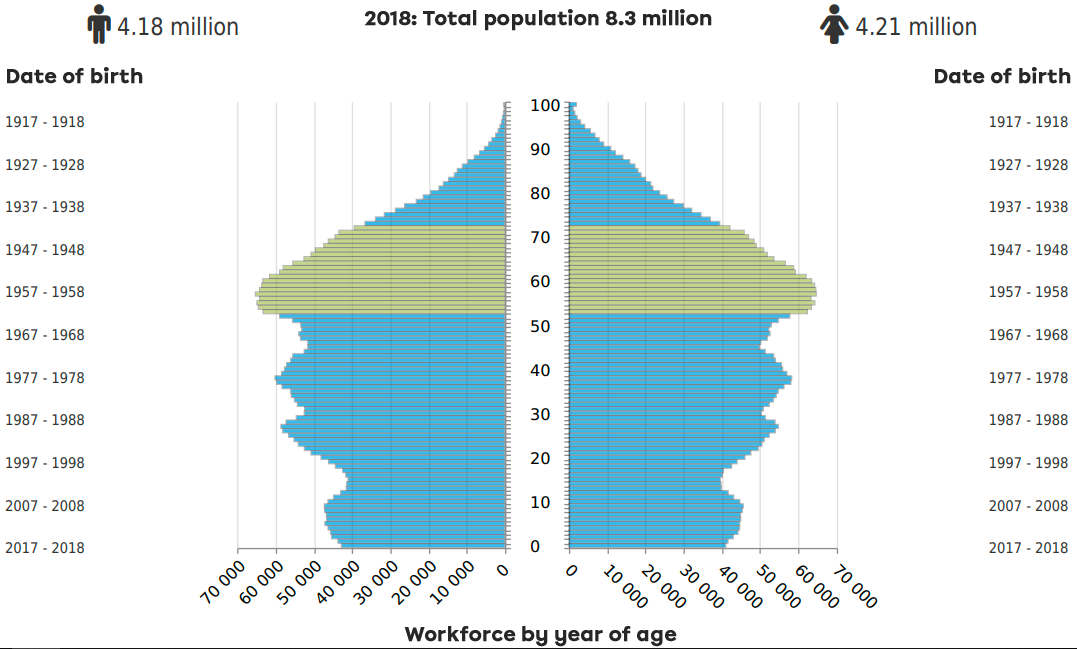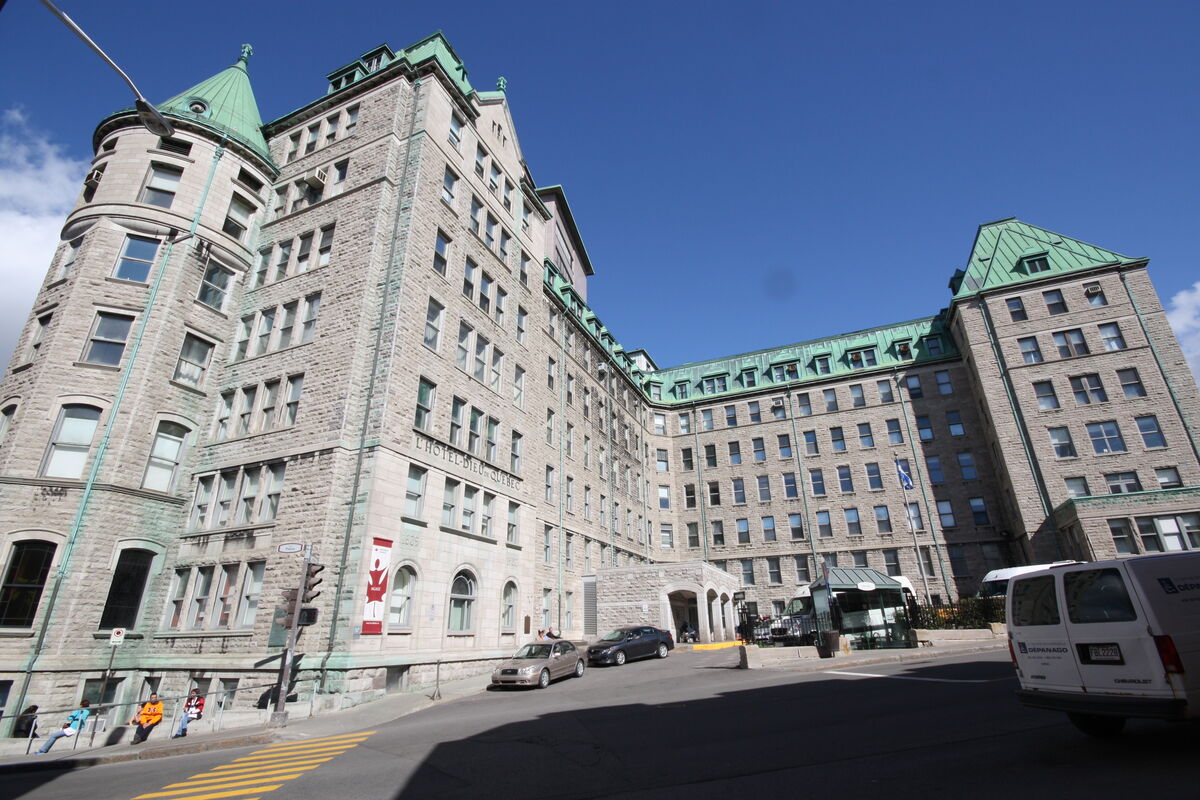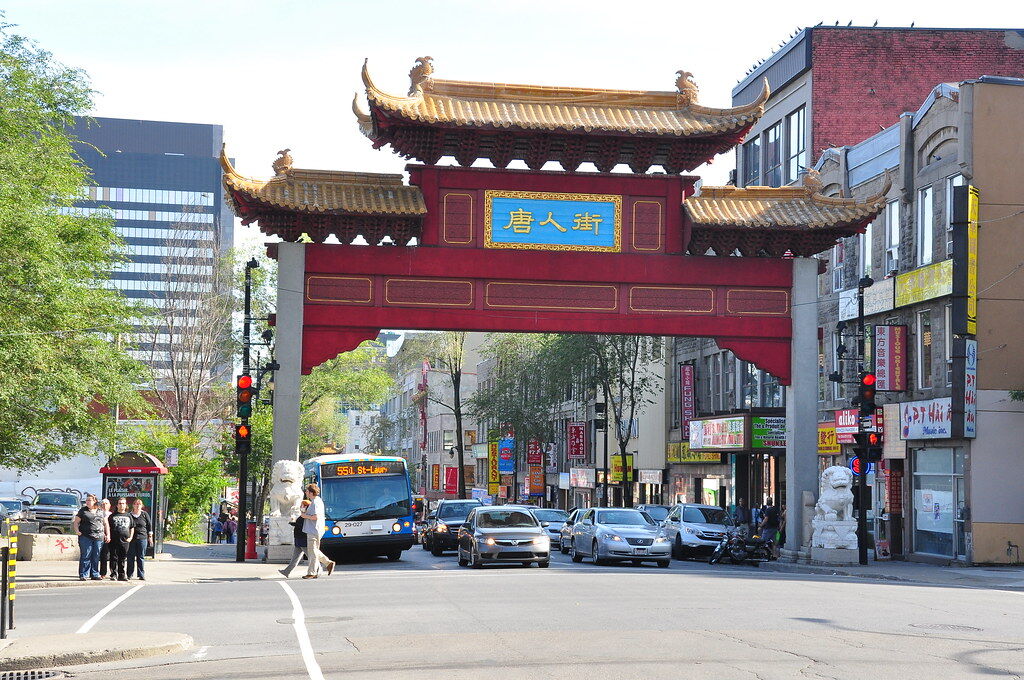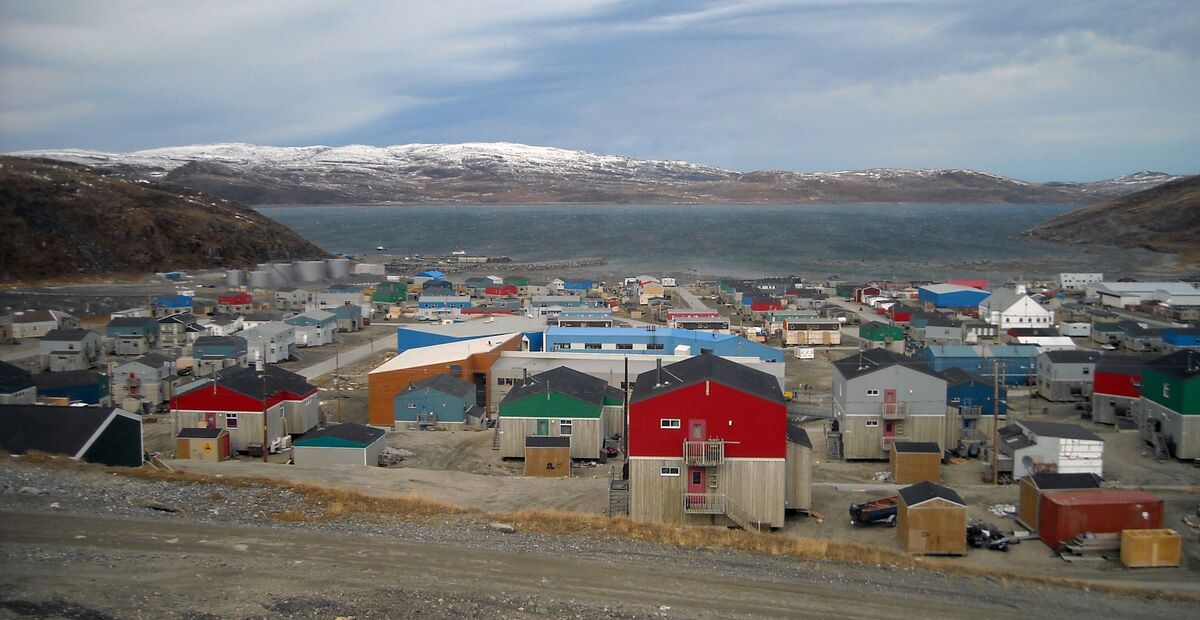Towards the end of the 20th century, Quebec faced considerable demographic shifts bringing its share of new challenges. Changes have taken place in the population due to aging and greater diversity. Meanwhile, living conditions in Indigenous communities have received more media coverage, forcing the government to make decisions.
Since the 1980s, the trend has been that Québécois are starting their family much later than before for various reasons. They are also choosing to have fewer children compared to previous generations. In 2015, the average number of children per family was 1.6. This phenomenon is called sub-replacement fertility. It means that the number of births is lower than the number of deaths. Consequently, the number of seniors is higher than the number of younger people in Quebec.

This imbalance between generations is also caused by new scientific advancements in medicine, which means that Québécois live are living longer than before.
The aging population has led to new issues in public debates. Older citizens have a number of major needs, particularly in healthcare. As the number of deaths surpasses the number of births in Quebec, there is greater demand on the healthcare system.
In addition, there are significant labour shortages in the healthcare sector. The high retirement rate leaves positions open that are difficult to fill in an increasingly small population. With more and more patients, it has become difficult for hospitals in Quebec to provide consistent service.

To counteract the effects of Quebec’s aging population, the state has been offering new social programs to encourage Québécois to have larger families. Since 1980, the different governments have worked to improve family policy, including all of the political initiatives to support families and increase the birth rate in Quebec. Here are some of the initiatives that make up family policy:
-
Subsidized childcare to facilitate work-family balance for parents
-
Financial support for parents, particularly those with low incomes
-
Measures to help families with specific needs such as a child with a physical or learning disability
The Ministère de la Famille et de l’Enfance was created in 1997. That same year, Minister Pauline Marois introduced a new policy to support families: childcare centres that provide parents with the option of childcare from a young age.

Family policy was not the government’s only initiative to replenish the workforce needed for Quebec’s economy. The Quebec government also relied on the contributions of immigrants to achieve its goals. Increasing immigration provided Quebec with a new labour source to supplement the province’s demographic needs. The many immigrants who arrived in Quebec came with their own ethnocultural identities.
Quebec’s population has therefore become much more diverse since the 1980s. This has led to a new challenge for the government: how to effectively integrate immigrants into Quebec society by enacting laws condemning racism and racial discrimination in Quebec, among other initiatives.
In 1990, Robert Bourassa’s government produced a policy statement titled Let’s Build Quebec Together. This document lays the foundation for a policy fostering a much more inclusive Quebec. Among other things, it stipulated that democracy is a fundamental value, in which everyone’s contributions are encouraged. Bourassa’s policy also defined Quebec as a pluralist society, enhanced by ethnocultural diversity.

To facilitate the integration of immigrants, the government created many programs to help newcomers learn French and therefore better integrate into the workforce and society in general.
The demographic situation is very different in Indigenous communities. Due to a high birth rate, the population is relatively young: in 2011, 40% of Indigenous peoples were 24 or younger. Despite also having the highest death rate of any group, the indigenous population has the fastest growing population.
However, living conditions have been difficult for most Indigenous communities which can explain, in part, the risks and challenges that exist for First Nations peoples in Canada. Many are grouped into reserves and large Indigenous families are crowded into small and often dilapidated houses. There are high levels of unemployment and low wages and food is often very expensive due to the remoteness of many towns. This can lead to a number of health problems for residents when combined with the lack of financial resources and isolation. In addition, the school dropout rate is high since opportunities on the reserves are limited.
